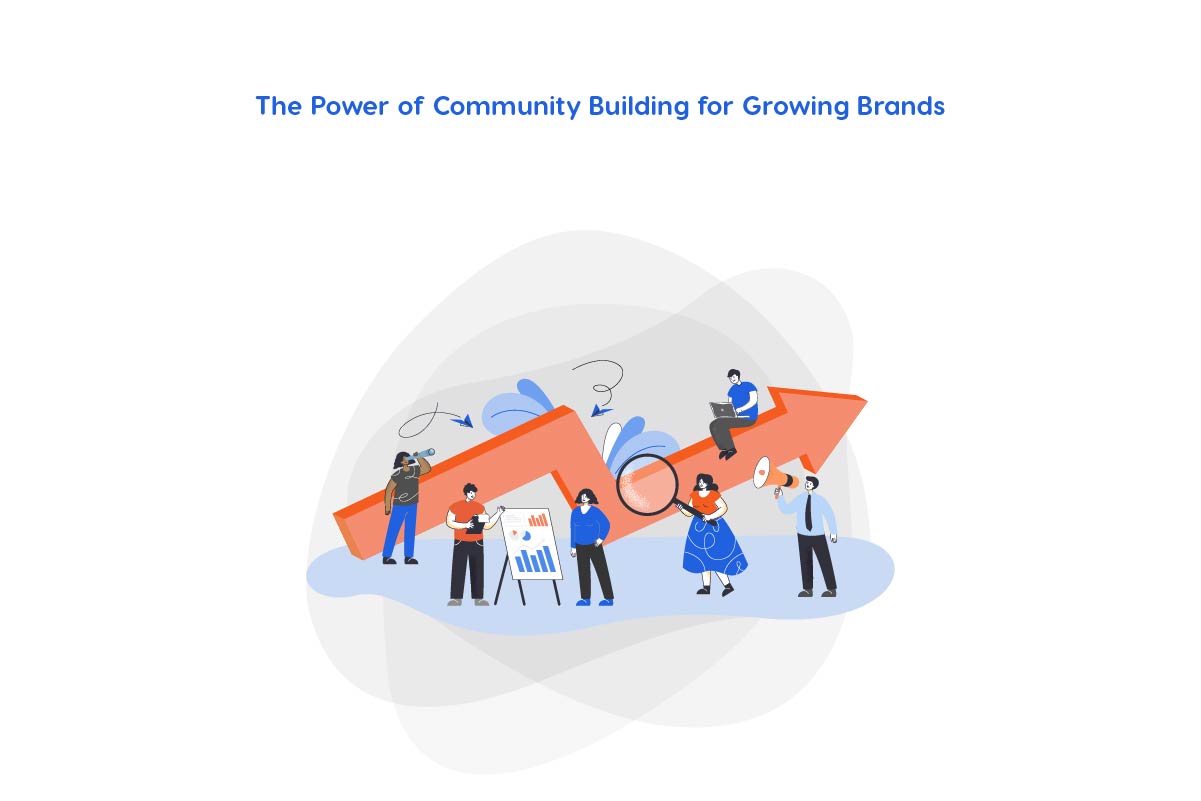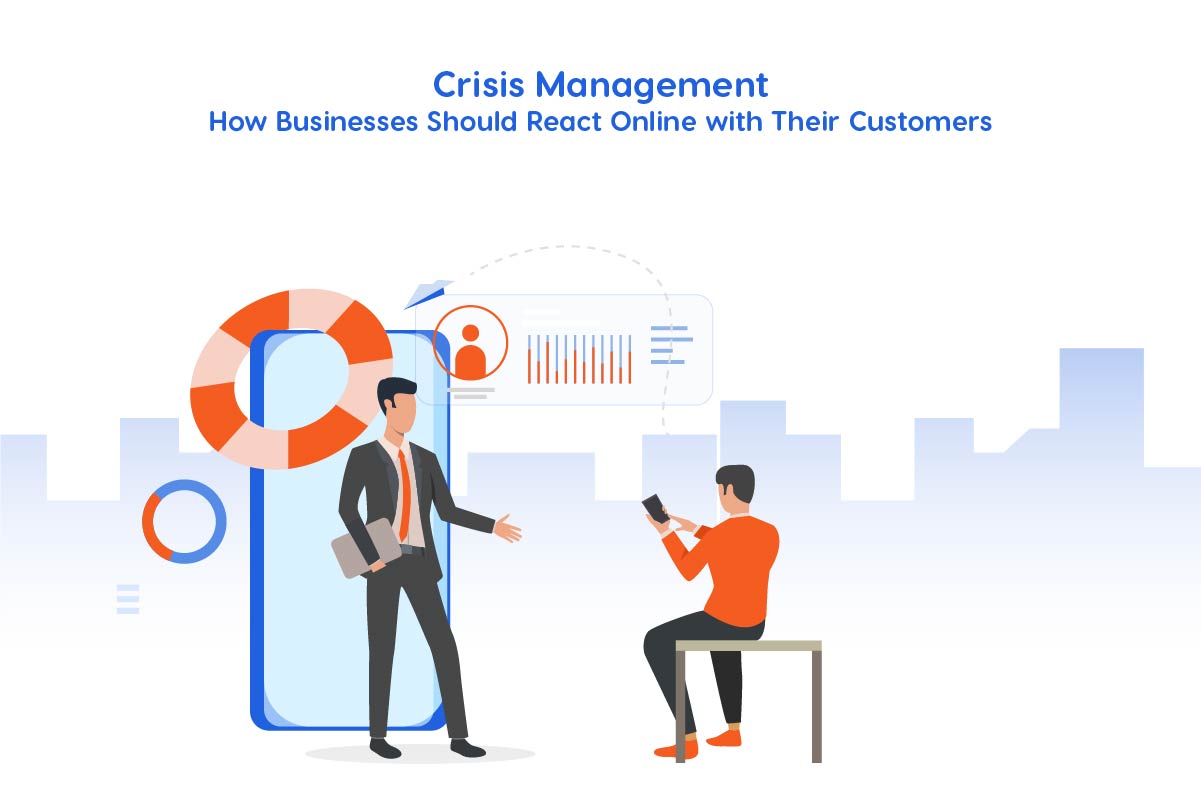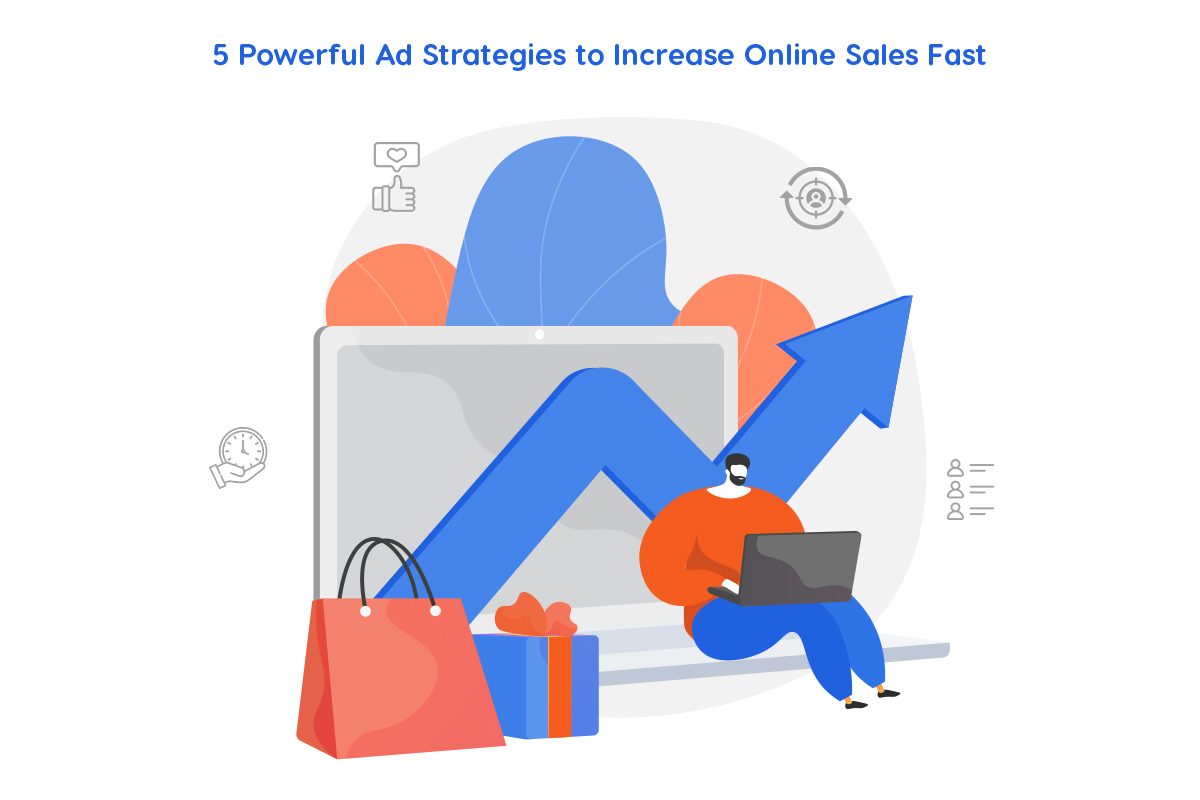Email marketing has been one of the most trusted and least expensive methods that businesses use to reach their audience. Email marketing will help you land right into the inbox of your audience, whether you are a small startup trying to spread the word about your new products or a large company trying to ensure you preserve excellent relationships with loyal customers. Unlike social media postings that might become lost in various feeds, an email provides you with a personal area to communicate with your customer. However, the problem is to send not an email. There are many email marketing companies in Pakistan. But, the actual test comes in as you start asking yourself, Will the recipient actually open it? However well written or well designed your message may be, the fact remains that people will not be able to see it unless they can scroll past it and click. That is why your open rate, the percentage of individuals who actually open your emails, is such a important factor affecting the success of your campaigns.
Increasing the open rates is not just a matter of chance. It needs a combination of strategy, psychology and creativity. The difference between a successful email and a failed one can be as clear as the subject line you use, when you send your email, how you customize the content and so on. These little tweezes can make or break the difference between unread emails and those who become actively engaged and anticipate getting a mail.
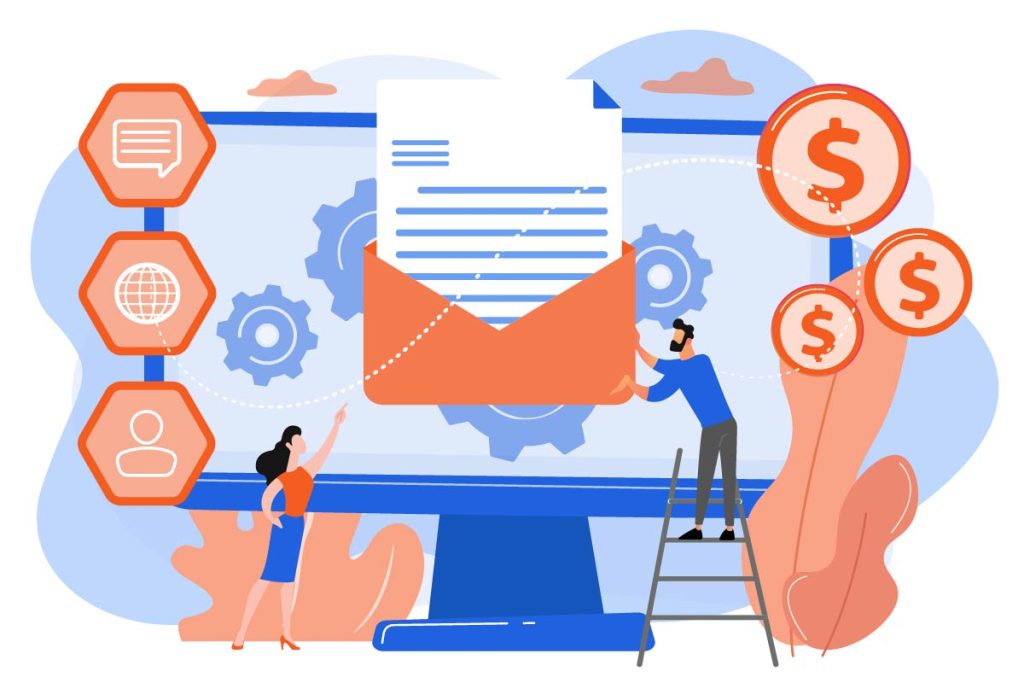
Write Catchy Subject Lines
Your email subject line is the gatekeeper of your email. Insightful and exciting the content in the message may be, the first thing that will be seen is the subject line. It will greatly determine whether people will open your message or pass by it. The research indicates that almost half of the population opens an email only depending on the subject line. This is to say that it is not only important to get this part right, but that it is critical.
A good subject line must be concise, clear and captivating. Preferably it can remain within the range of 5-8 words to ensure it is easy to read particularly on mobile phones where space is minimal. Very long subject lines are usually trimmed down and your readers are left in a state of confusion.
As an example, we will examine the following:
| Weak Subject Line | Strong Subject Line | Why It Works |
|---|
| Our Weekly Newsletter | Ali, 3 Big Updates You Can’t Miss This Week | The strong version uses personalization, a number , and urgency, which makes it more engaging. |
The second subject line is personal, specific and promises value. It informs a reader what they are going to get by opening the email. At the same time, it leaves some curiosity.
Personalize Your Email
Personalization is no longer an option when it comes to email marketing. I has become a necessity. People nowadays get dozens of emails each and every day and most of them are non personal, mass sending messages. The issue is that these emails are cold, impersonal and easy to ignore. If you want your audience to pay attention to your emails, you have to get them to feel that you are speaking with them.
Personalization does not mean just tacking on the first name of the receiver at the start of the email. True personalization refers to the ability to customize the content to fit the interest, behavior and needs of the person. When a customer just bought a skincare product in your shop, you might send them tips on how they can maximize the effect of that product. You might also suggest additional items as part of what they have already purchased, such as a moisturizer or a sunscreen. This renders the email helpful and relevant, but not related to sales purposes.
| Generic Email | Personalized Email |
|---|---|
| Subject Line: Check Out Our New Arrivals | Subject Line: Sara, We Picked These Products Just for You |
| Body: We have a range of new products now available. Visit our store to see them. | Body: Hi Sara, since you recently purchased our Vitamin C serum, we thought you would love these new moisturizers designed to boost its effect. Here’s your exclusive discount. |
Segmentation is another effective form of personalizing. Rather than just sending an entire message to all your email subscribers, it is better to divide your audience into smaller segments that share similar characteristics such as:
By splitting your list you are not committing the same error as most marketers of sending emails that are the same to everyone but never resonate with any group.
Choose the Right Time to Send
It might take hours before you create an email with an eye catching subject, well designed email, and useful information. However, when you send it in the wrong time, it will not even be heard. Timing is a big factor on whether your e mail is read or lost in dozens of other mails in the mail box of the recipient.
Like, you send an email at midnight, and the majority will be asleep. Some time between the time they open their inbox in the morning and when they actually get up and see your message, they will most likely be covered by other companies, or newsletters or friends, who have sent emails that are newer than yours. The result? So the email that you wrote with efforts gets left or deleted.
That is why it is very important to know the habits of your audience every day. Business people mostly open their email during office hours. This in most of the cases is in the morning when they are just getting in to the office. Similarly, everyday costumers might be more active in the evenings after work or on weekends when they have more spare time.
| Audience Type | Best Days | Best Times | Why It Works |
|---|---|---|---|
| B2B (Business Professionals) | Tuesday and Thursday | 9–11 am | People check their inbox early during work hours and are more likely to engage before meetings and tasks pile up. |
| B2C (General Consumers) | Friday and Sunday | Evenings (6–9 pm) | Shoppers and casual readers are more relaxed, scrolling emails in their free time. |
| Global/Online Shoppers | Monday to Friday | Around lunchtime (12–2 pm) | People often browse their phones during breaks, making them more open to quick deals or updates. |
It is also worth mentioning that Mondays and Fridays are tricky. Mondays tend to have plenty of emails to read over the weekend, so your message will be lost in the mess. Fridays, on the other hand, are times when most people are finishing off the week and are not particularly interested on marketing messages. Tuesday to Thursday in the middle of the week would be more successful with the professional audience.
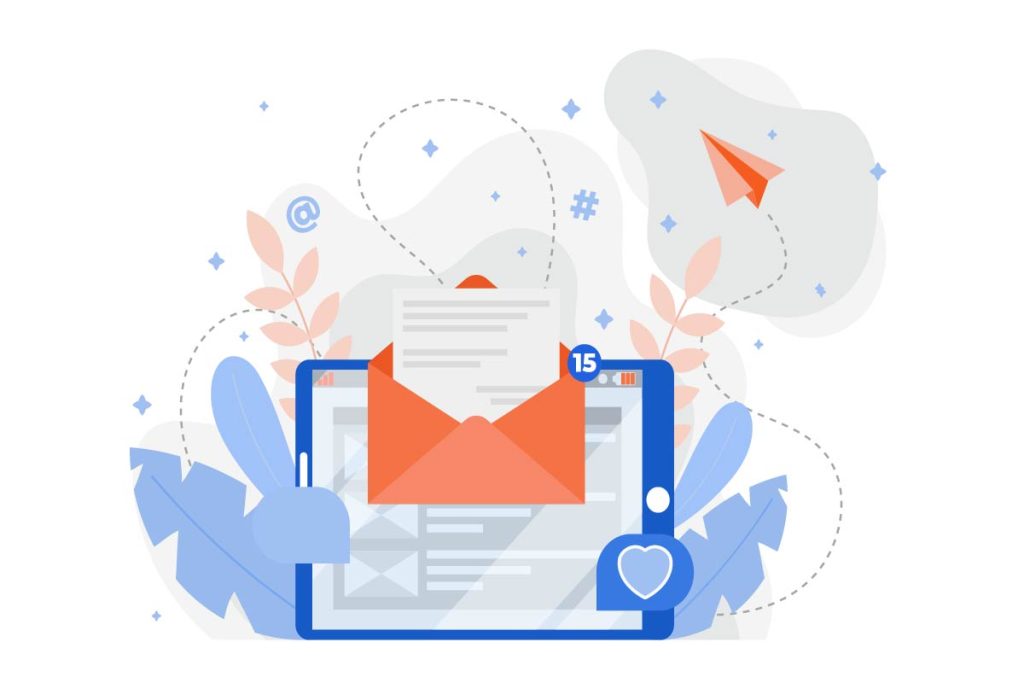
Keep Your Email List Clean
A big email list is not a good way. The greater the number of people that you can reach, the better, right? Not necessarily. When you have a huge percentage of that list of persons which never open your emails, then your total performance will actually decrease. Actually, your inactive subscribers are capable of damaging your open rate, deliverability and even your sender reputation. That is to say even those who are willing to hear you may not see your emails since they will get spammed. That is why the need to keep a healthy, active, and customer centric list. A smaller number of active readers would always count more than a large number of people who do not get your messages. Setting your mailing list helps you concentrate on people who actually care about your content, products or services.
A good solution to this is by maintaining lists regularly. Periodically go through your list and once again mark the subscribers who have not opened or clicked an email recently, such as in the last 3-6 months. He or she might have lost interest or switched email addresses or just no longer feels that what you are saying is relevant to them. You can do a re-engagement campaign before getting rid of them altogether. This is an amusing request to see if subscribers want to remain in touch with you. You could write an email with such a subject line as:
Within the text of the email, you might note their absence, remind them of what you have to offer and allow them to choose not to remain subscribed.
Here is how a re-engagement campaign works:
| Steps | What to Do | Example |
|---|---|---|
| Identify Inactive Users | Find people who haven not opened emails for 3–6 months. | 1,000 subscribers inactive for 120 days. |
| Send Re-engagement Email | Create a We miss you or Still interested? email. | Hi Sara, we would love to keep sharing our best deals with you. Click below if you want to stay. |
| Offer Value | Provide a small incentive to stay engaged. | A discount code, exclusive content, or free guide. |
| Remove Unresponsive Users | If no response after 1–2 reminders, remove them. | Your list shrinks but becomes healthier. |
Use A/B Testing
Two versions of your email (we will call them version A and version B). These variations are only in one aspect, such as the topic of the email, the time of sending, or the call to action button. Then you send each of them to a small group of your audience and monitor their effectiveness. And when you have a winner, you pass that on to the rest of your list. This is done to eliminate the guesswork in favor of facts. You won’t have to make assumptions but you will understand what makes people open, click, and read your emails.
We can divide A/B testing into steps which are practical:
Choose One Variable at a Time
You should never change more than one element at a time. Otherwise you will fail to see which change had any impact. So as an example, when you switch the subject and add or switch the time of day that you send your emails, you won’t know whether it is the wording that the results were better or whether it is the time of day that made the difference.
Decide Your Goal
Do you want to increase the open rates? Then trial subjects or dispatch dates. Would you like to get more clicks within your email? Try different layouts, pictures or position of the buttons. Always be able to relate your test to a specific objective.
Create Your Variations
Prepare two versions that are the same except in the selected variable.
The emails share the same content of the body, however, their subject lines vary.
Split Your Audience
Assign version A to one group and B to another. Ensure that the two groups are of similar sizes and demographic.
Analyze the Results
Select the version that has worked best in terms of your objective. When version B received more opens than version A, you have your winner.
Optimize for Mobile Users
The percentage of emails opened on smartphones is more than half of the total emails today, and this figure continues to grow annually. The majority of people look at their inbox when they are commuting, waiting in line or taking a quick break at work. Unless your email is small screen optimized, it will probably be erased in a few seconds. Poor mobile experience will cost you both open-rates and good clicks and conversions. The mobile friendly email design is not about how to compress the content. It is about making the reading easy. This shows writing shorter subject lines that would fit in smaller screens, using clean and easy to read fonts, and having images load fast without ruining the layout. Clickable buttons are another detail that is important. A tiny link may perform well on a desktop, but bigger buttons, easy to touch, are required on a phone, without the need to zoom or tap with the thumb.
Keep in mind
By making your emails mobile friendly, not only can you increase your open rates, but you can also expect people to engage with your content. The plain, highly optimized design just communicates to your Pakistani audience that you value their time and comfort and will be more interested to keep reading your future emails.
Create a Sense of Urgency or Curiosity
Much of whether someone will open your email or not depends on human psychology. Two of the strongest stimuli in this region are urgency and curiosity. Such emotional signals make people do things immediately, even without thinking much, since people do not want to lose something worthwhile. Urgency is all about time; as you write about an urgent subject, you are telling the reader that you only have a limited amount of time or that an opportunity will cease to exist. As an example, such subject lines as Only 24 Hours Left to Claim Your Discount or Last Chance: Free Shipping Ends Tonight produce a drive-up-now effect. Readers sense that unless they open the email immediately they will miss a benefit. This is particularly effective in promotion campaigns, seasonal sales and product launches.
Curiosity on the other hand does not work in the same way. Instead of rushing to get to the point, it leaves the reader with the just enough information to leave the reader with the desire to know more. This type of subject line like You Won’t believe what we have in store or This Secret Could save you Hours a Week raises doubts in the mind of a reader. They press the keys since they desire to find out the solution. The point here is to provide something of value without telling it all at the very beginning.
| Psychological Trigger | Example Subject Line | Best Use Case | Caution |
|---|---|---|---|
| Urgency | Flash Sale Ends in 12 Hours | Time sensitive promotions, limited offers | Don’t fake deadlines, readers lose trust |
| Curiosity | The Trick Smart Marketers Use Daily | Educational content, product teasers | Avoid vague or misleading clickbait |
Final Thoughts
Improving your open rates is about combining creativity with strategy. Think of your emails as conversations with your readers. The more genuine, helpful, and engaging you are, the more likely they’ll open your emails again and again. Over time, this not only boosts open rates but also builds stronger trust and long-term relationships with your audience. So, start applying these tricks step by step. Test, learn, and keep improving. With consistency and the right techniques, your email campaigns can turn into one of the most powerful tools to grow your business.
